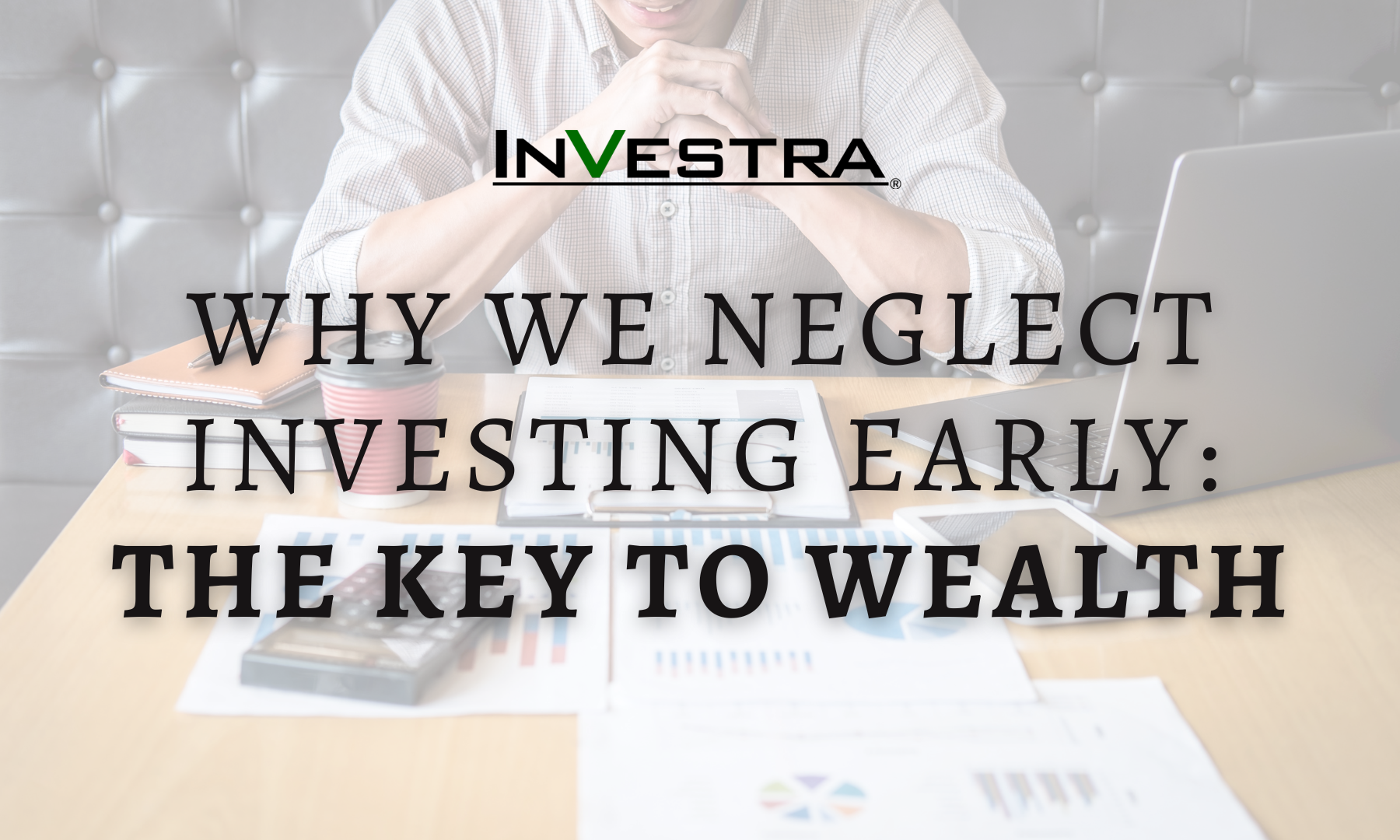These are challenging times, and this week may be the toughest as we wait for COVID-19 to reach its peak in the United States. As the war against COVID-19 wages on, we continue to be inspired by the tremendous bravery shown by healthcare workers on the front lines. Other heroes will likely emerge from a lab somewhere with a vaccine in the near future. In the meantime, we have important roles to play by maintaining quarantines and social distancing.
We anxiously wait for the day when this threat has passed, as life feels very different. Many of the things we enjoy most are not available right now, such as traveling, sporting events, shows, concerts, or just dinner out with family and friends. We’re video conferencing with our co-workers while children are going to school online, and we’re finding new ways to stay connected and entertain ourselves without leaving our homes. As a society, we’re finding forced isolation can be challenging.
As we adapt to these changes in our daily lives, the stock markets have had to adapt to the new economic realities as well. The longest economic expansion in our nation’s history has ended as the US economy has entered a recession. This economic contraction is quite unique—it’s the first one brought on mainly by governments, as they closed non-essential businesses and initiated social distancing restrictions to limit the spread of the virus. It also may prove to be unique by potentially being one of the shortest recessions in history, depending on how quickly the virus can be contained.
What is not unique is the challenge for investors in navigating the bear market that’s accompanying this recession. Historically, the best time for many investors to buy stocks has been at the trough, or low point, of a recession, although the trough usually has been evident only in hindsight. Since 1970, bear market low points have occurred within an average of three weeks of the biggest increase in weekly jobless claims, something that we hope came last week. In previous recessions since WWII, stocks bottomed an average of about five months before the end of the recession, as stocks sensed improved upcoming economic data (source: FactSet). No one knows for sure when stocks will bottom this time, but looking at these data points suggests we may be getting close.
We’ve received some better news in the battle against COVID-19 over the past few days. China has contained its outbreak, and its economy is restarting. In Wuhan, the epicenter of the China outbreak, the lockdown is being lifted. In Italy, the epicenter of the European outbreak, a peak in new cases likely was reached last week, and the government is starting to plan for a restart of its economy. The epicenter of the US outbreak, New York, is starting to see a slowdown in new cases. This fight isn’t over, and we cannot fully discount another wave of new cases, but the other side of this crisis is coming into view. The stock market also has started to sense that we’re nearing an inflection point.
This is one of the greatest challenges we as Americans have faced, but some light is starting to glimmer in the dark tunnel. We don’t really have a playbook for this human crisis, though we are encouraged that the measures being taken are having the desired effects. The playbook for investing in bear markets and recessions is clearer. It suggests that we stay the course, consider selectively taking advantage of emerging opportunities where appropriate, and focus on long-term investing objectives.
Please stay healthy, and don’t hesitate to contact me if you have any questions or concerns.






